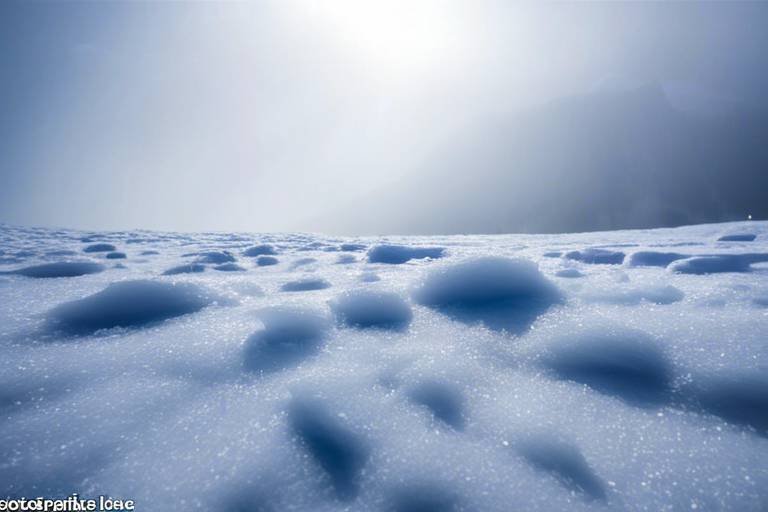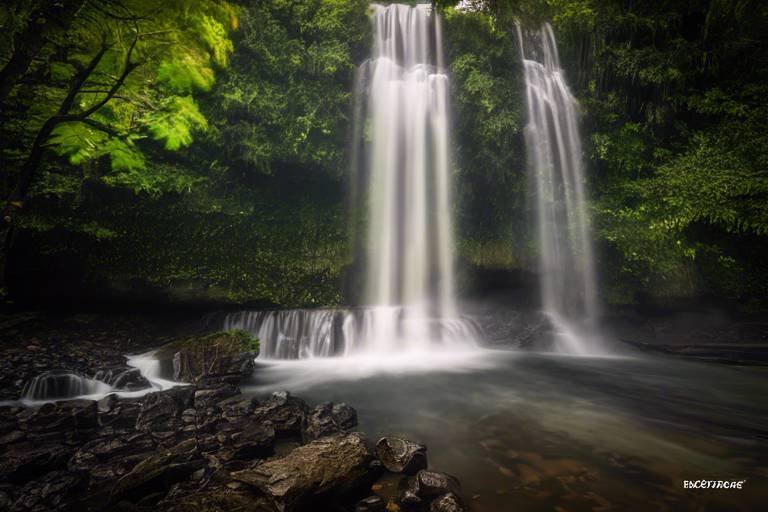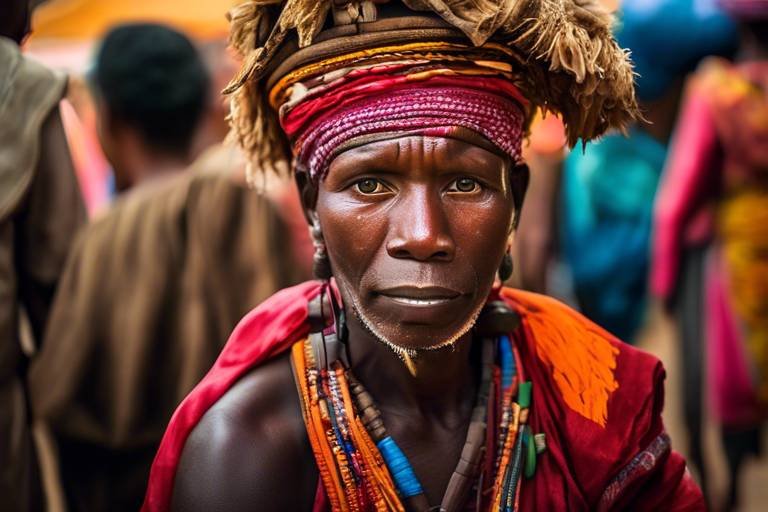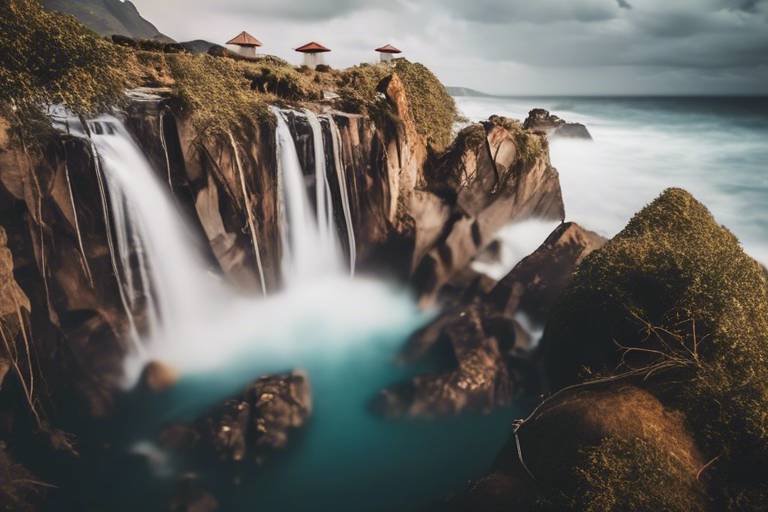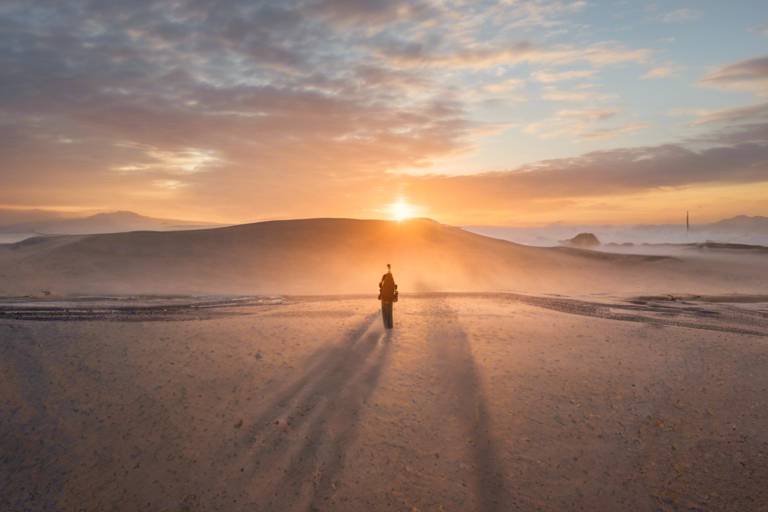How to Take Captivating Photos of Rural and Countryside Scenes
This article is your ultimate guide to capturing breathtaking photos of rural and countryside scenes. Whether you're a beginner or a seasoned photographer, these tips and techniques will help you elevate your photography game and create stunning visual stories that truly capture the essence of rural life.
When it comes to photographing rural landscapes, it's essential to understand the unique features and elements that make these environments so special. From rolling hills and vast fields to charming villages and rustic barns, each aspect contributes to the overall charm of the countryside. By immersing yourself in the landscape, you can better appreciate its beauty and translate that into captivating images that resonate with viewers.
One of the most critical factors in landscape photography is lighting, and natural light plays a significant role in enhancing the mood and atmosphere of rural settings. By harnessing the soft, warm light that bathes the countryside, you can add depth, texture, and a sense of tranquility to your photos, creating a mesmerizing visual impact that draws viewers in.
Composition is another key element to consider when capturing rural scenes. By applying principles such as leading lines, the rule of thirds, and framing, you can create well-balanced and visually appealing images that guide the viewer's eye through the scene. These techniques help you create dynamic compositions that tell a compelling story and evoke a sense of place and time.
One of the joys of photographing rural areas is the opportunity to capture the essence of local life and community. From farmers working in the fields to children playing in the streets, these everyday moments offer a glimpse into the heart and soul of rural living. By documenting these scenes, you can create a visual narrative that celebrates the rich culture and traditions of the countryside.
As the seasons change, so do the landscapes of rural areas, offering a wealth of photographic opportunities throughout the year. Whether it's the vibrant colors of autumn foliage, the serene beauty of winter snowscapes, or the lush greenery of spring meadows, each season brings its own unique charm and character to rural photography. By adapting your approach to suit the season, you can capture the ever-changing beauty of the countryside in all its glory.
Post-processing is a powerful tool for enhancing the colors and textures of your rural photos, allowing you to create vibrant and dynamic images that pop off the screen. By fine-tuning the contrast, saturation, and sharpness of your photos, you can bring out the natural beauty of the landscape and create images that truly shine.
Exploring different angles and perspectives is key to adding depth and interest to your rural photographs. By getting down low, shooting from above, or experimenting with unconventional angles, you can create unique and engaging compositions that offer a fresh perspective on familiar scenes. Don't be afraid to think outside the box and try new approaches to capture the beauty of the countryside in a whole new light.
Ultimately, photography is a powerful medium for storytelling, and rural landscapes provide the perfect backdrop for creating compelling visual narratives. By using your images to evoke emotions, convey a sense of place, and tell stories that resonate with viewers, you can capture the beauty and tranquility of rural scenes in a way that truly captivates the imagination.
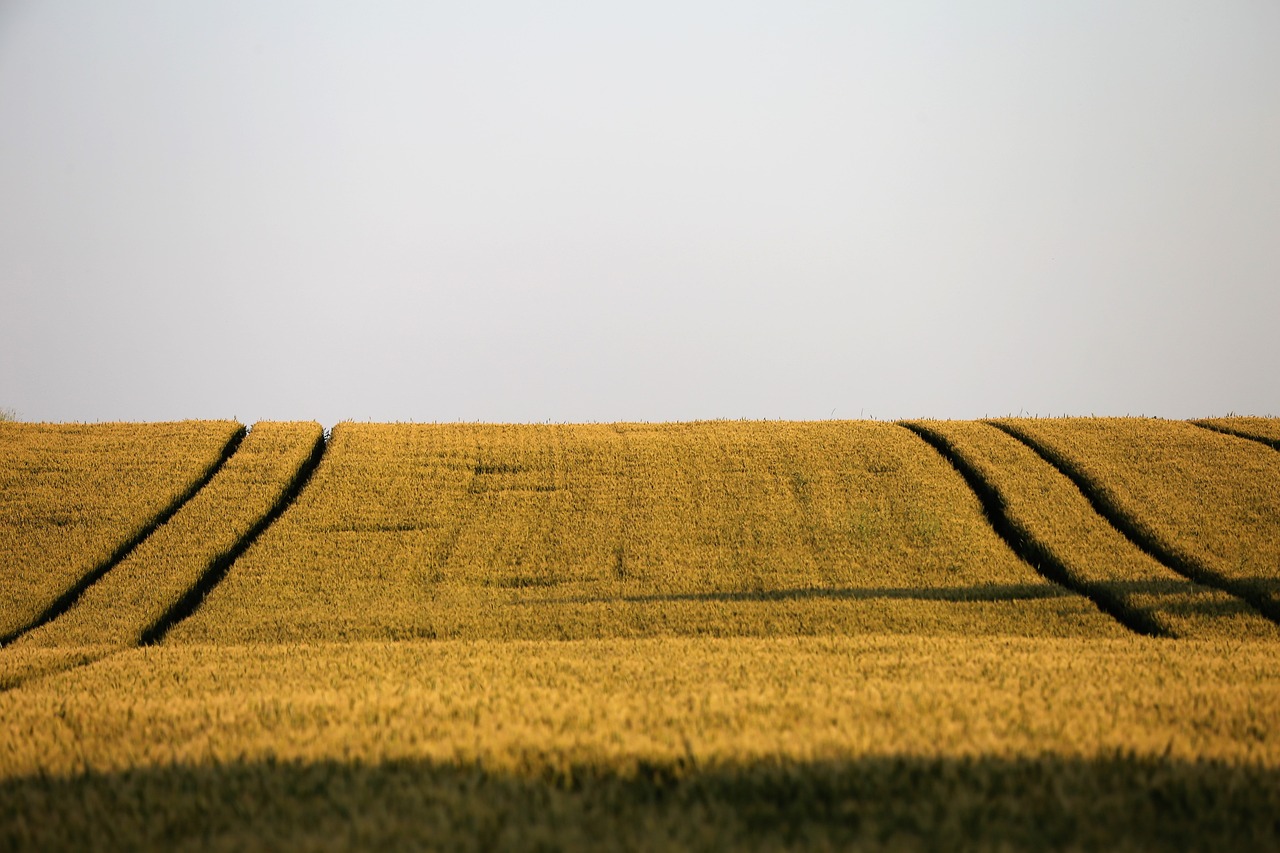
Understanding the Landscape
This article provides tips and techniques for capturing stunning photographs of rural and countryside landscapes, including composition, lighting, and subject selection.
When it comes to capturing the essence of rural and countryside scenes, understanding the landscape is crucial. Each environment has its unique features and elements that can significantly impact the visual storytelling in your photographs. From rolling hills and vast fields to quaint villages and peaceful rivers, rural landscapes offer a diverse range of subjects to explore and photograph.
By immersing yourself in the surroundings, you can better appreciate the natural beauty and character of the landscape. Pay attention to the play of light and shadow, the textures of the land, and the overall mood of the scene. Understanding these elements will not only enhance your photography skills but also allow you to create compelling visual narratives that resonate with viewers.
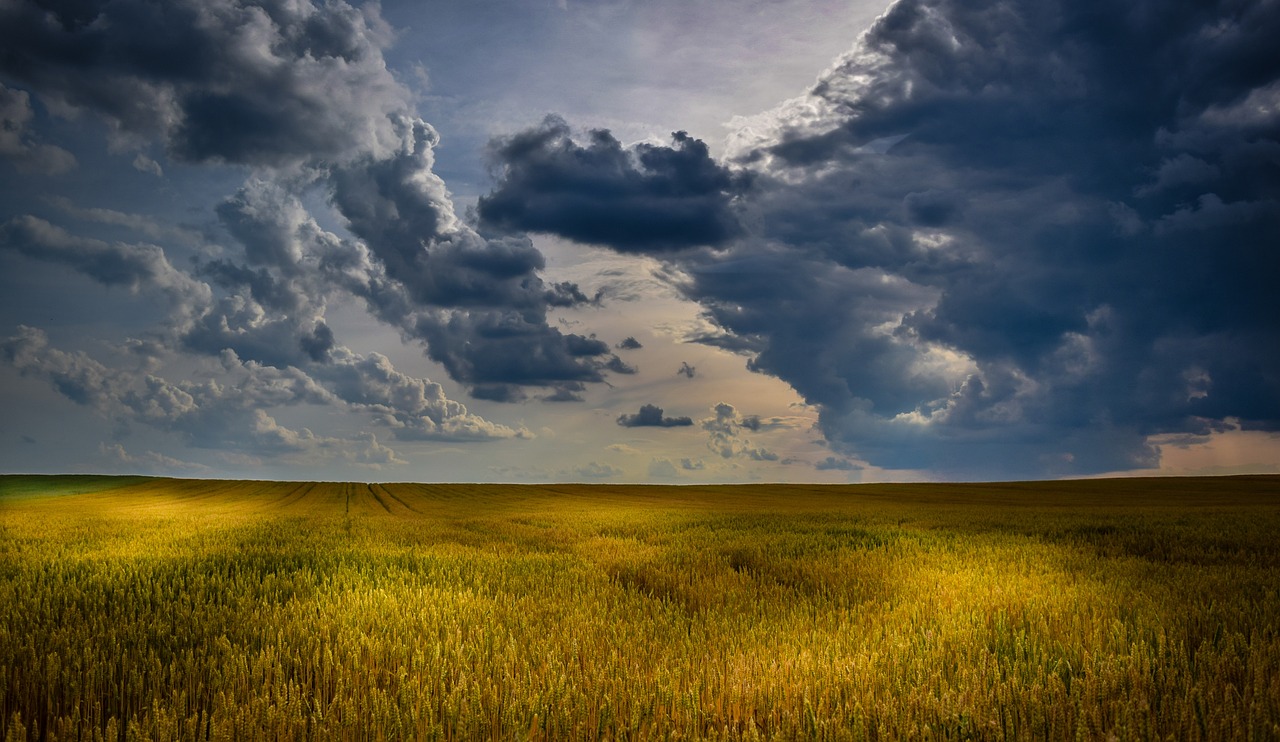
Utilizing Natural Light
When it comes to capturing captivating photos of rural and countryside scenes, is essential for adding depth, warmth, and texture to your images. Natural light plays a crucial role in enhancing the beauty of rural settings and creating a captivating visual impact that truly brings the scene to life.
One technique for making the most of natural light in rural photography is to pay attention to the direction and quality of light. Early morning and late afternoon light, also known as the golden hours, can cast a warm and soft glow over the landscape, adding a magical quality to your photos. Experimenting with backlighting or side lighting can create interesting shadows and highlights, adding dimension to your images.
Another important aspect of utilizing natural light is understanding the effect of different weather conditions on the lighting of your rural scenes. Cloudy days can provide soft, diffused light that is ideal for capturing details and textures, while sunny days can create strong contrasts and vibrant colors. Embracing these variations in lighting can help you create diverse and visually striking photographs.
When shooting in rural environments, consider the time of day and the position of the sun to make the most of natural light. Adjusting your shooting angle or moving around the scene can help you find the best lighting conditions to highlight the beauty of the landscape. Don't be afraid to experiment with different lighting techniques and settings to achieve the desired mood and atmosphere in your photos.

Composition Techniques
This article provides tips and techniques for capturing stunning photographs of rural and countryside landscapes, including composition, lighting, and subject selection.
When it comes to composing captivating rural and countryside photos, mastering certain techniques can significantly enhance the visual impact of your images. One essential principle to keep in mind is the rule of thirds, a guideline that divides your frame into thirds both vertically and horizontally, helping you position key elements off-center for a more balanced composition. By placing your focal point along these intersecting lines, you can create a dynamic and visually appealing image that draws the viewer's eye.
Another effective composition technique is using leading lines to guide the viewer's gaze through the scene. These lines can be natural elements like roads, fences, or rivers that lead towards the main subject, adding depth and a sense of movement to your photograph. Additionally, framing your subject within natural elements such as trees, archways, or windows can help create a sense of context and draw attention to the focal point.
Experimenting with different perspectives and angles is also crucial in rural photography. By changing your vantage point or shooting from unusual angles, you can add depth and visual interest to your images. Consider getting low to the ground for a unique viewpoint or capturing the scene from a bird's eye view to offer a fresh perspective on familiar landscapes.
Furthermore, paying attention to symmetry and balance in your compositions can create a sense of harmony and order in your rural photographs. Whether it's capturing a perfectly reflected scene in a tranquil lake or balancing elements on either side of the frame, symmetry can add a pleasing aesthetic quality to your images.
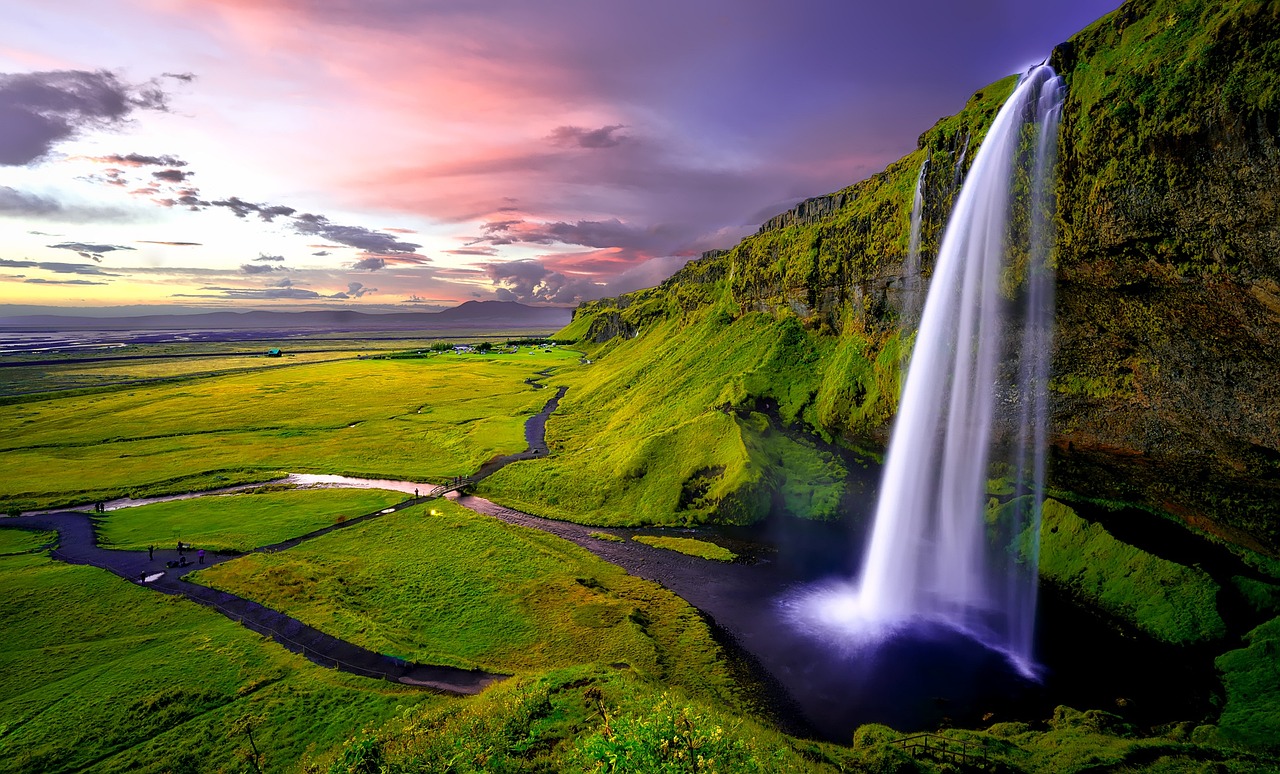
Capturing Local Life
When it comes to capturing local life in rural and countryside settings through photography, there is a unique opportunity to showcase the essence of these communities and their way of living. By focusing on the everyday moments and cultural aspects, you can create images that not only document but also celebrate the beauty and authenticity of rural life.
One effective approach is to immerse yourself in the local environment, interacting with the residents and observing their daily routines. This allows you to gain a deeper understanding of the community and enables you to capture genuine moments that reflect the spirit of the place.
Additionally, incorporating elements of the surroundings, such as traditional architecture, local markets, or agricultural practices, can add depth and context to your photos. These details help tell a richer story and provide viewers with a glimpse into the unique characteristics of the area.
Furthermore, paying attention to the interactions between people, whether it's a group of farmers working together in the fields or children playing in the village square, can result in candid and emotive images that convey the warmth and camaraderie of rural life.
To truly capture the local life in rural and countryside areas, it's essential to approach your photography with empathy, respect, and a genuine interest in the community. By building connections with the people and immersing yourself in their world, you can create images that not only document but also honor the traditions, values, and stories of these vibrant communities.
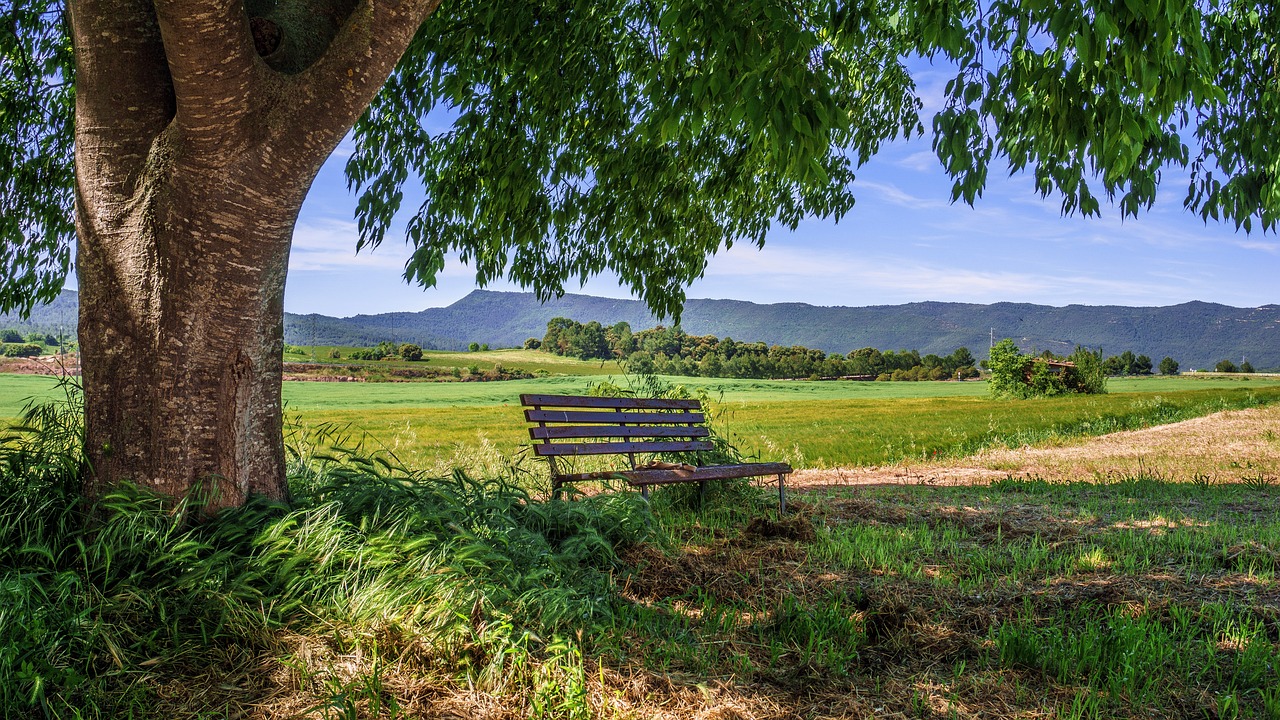
Seasonal Photography Tips
When it comes to capturing the beauty of rural and countryside landscapes through photography, adapting to the changing seasons is essential. Each season brings its own unique charm and characteristics, offering a plethora of opportunities to create stunning images that reflect the diversity and beauty of nature.
Spring: During spring, the countryside comes alive with vibrant colors as flowers bloom and trees blossom. To capture the essence of this season, focus on the renewal of life and growth. Utilize the soft, diffused light of spring mornings and evenings to add a gentle and ethereal quality to your photos.
Summer: In summer, the countryside is at its peak in terms of greenery and abundance. Take advantage of the longer days and golden hour light to create warm and inviting images. Incorporate elements such as lush fields, clear blue skies, and meandering streams to evoke a sense of tranquility and leisure.
Fall: The fall season offers a rich tapestry of colors as leaves change and the landscape transforms into a vibrant display of reds, oranges, and yellows. To capture the beauty of autumn, look for contrast and texture in your surroundings. Experiment with different angles and perspectives to highlight the changing foliage and create dynamic compositions.
Winter: Winter brings a serene and peaceful atmosphere to rural areas, with snow-covered fields and frost-covered landscapes. Embrace the minimalist beauty of winter by focusing on the stark contrasts and monochromatic palette. Play with negative space and simplicity to convey the quiet beauty of the season.
By adapting your photography techniques to the changing seasons, you can create a diverse and captivating portfolio that showcases the beauty and essence of rural and countryside landscapes throughout the year.
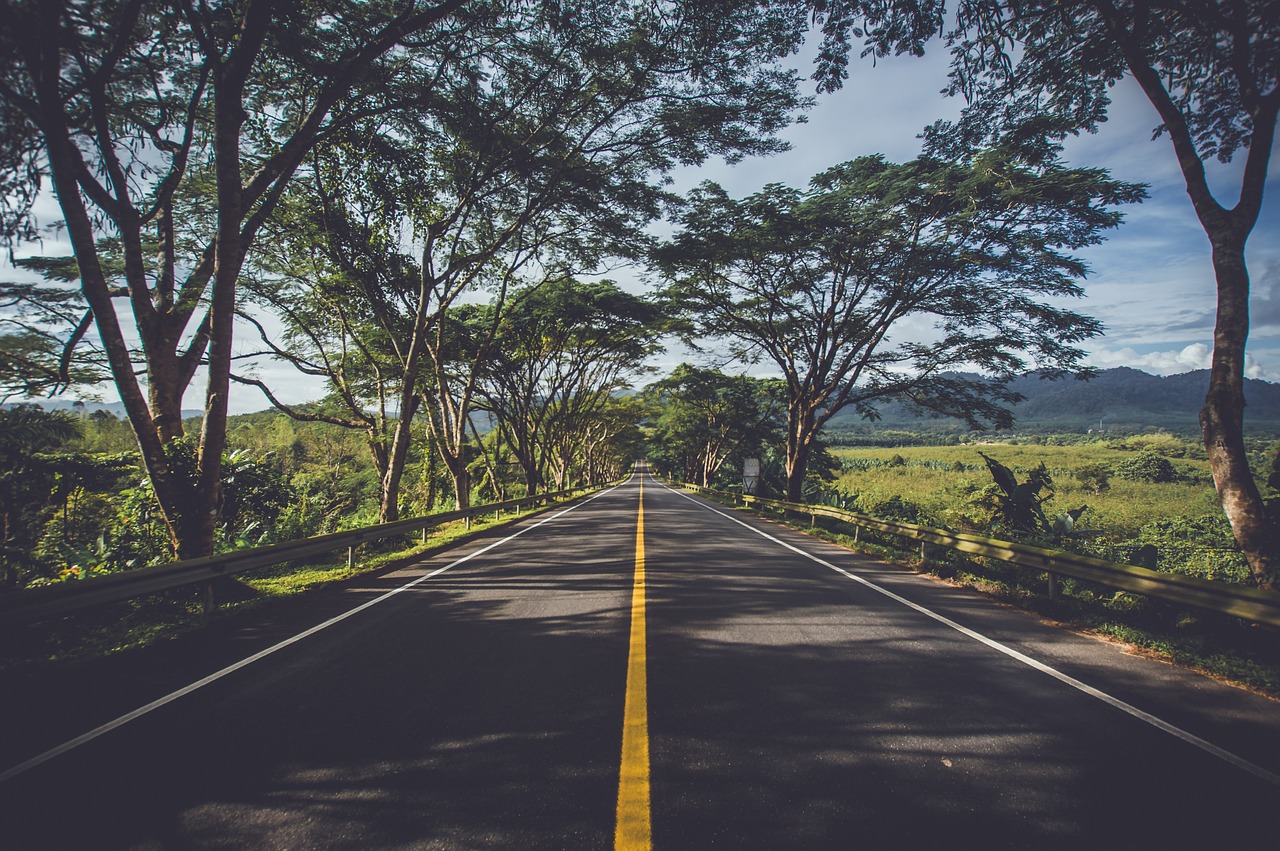
Enhancing Colors and Textures
When it comes to capturing the essence of rural and countryside landscapes, enhancing colors and textures plays a crucial role in creating visually stunning photographs. By utilizing post-processing techniques effectively, you can elevate the overall visual impact of your images and bring out the vibrant beauty of the scenery.
One effective way to enhance colors and textures in your rural photos is through color correction. Adjusting the color balance, saturation, and contrast can make the hues more vivid and true to life, giving your images a dynamic and captivating look. Additionally, playing with shadows and highlights can add depth and dimension to the scene, bringing out intricate textures in the landscape.
Experimenting with different color grading techniques can also significantly enhance the mood and atmosphere of your rural photographs. Whether you prefer a warm and golden tone for a sunset shot or a cool and serene vibe for a misty morning scene, color grading allows you to evoke specific emotions and create a unique visual style.
Another effective way to enhance colors and textures is by adjusting clarity and sharpness in post-processing. By fine-tuning these elements, you can make details pop and textures come to life, adding a sense of realism and tactile quality to your images. This can be particularly impactful when capturing the intricate patterns and textures found in rural landscapes.
Moreover, utilizing filters and overlays can further enhance the colors and textures of your photos. Whether it's adding a subtle vignette to draw focus to the main subject or applying a texture overlay to create a vintage feel, these tools can help you achieve a more polished and visually appealing result.
Remember, the goal of enhancing colors and textures in your rural and countryside photographs is not to distort reality but to amplify the inherent beauty of the scene. By striking the right balance and staying true to the essence of the landscape, you can create images that not only captivate the viewer but also convey the unique charm and character of rural environments.
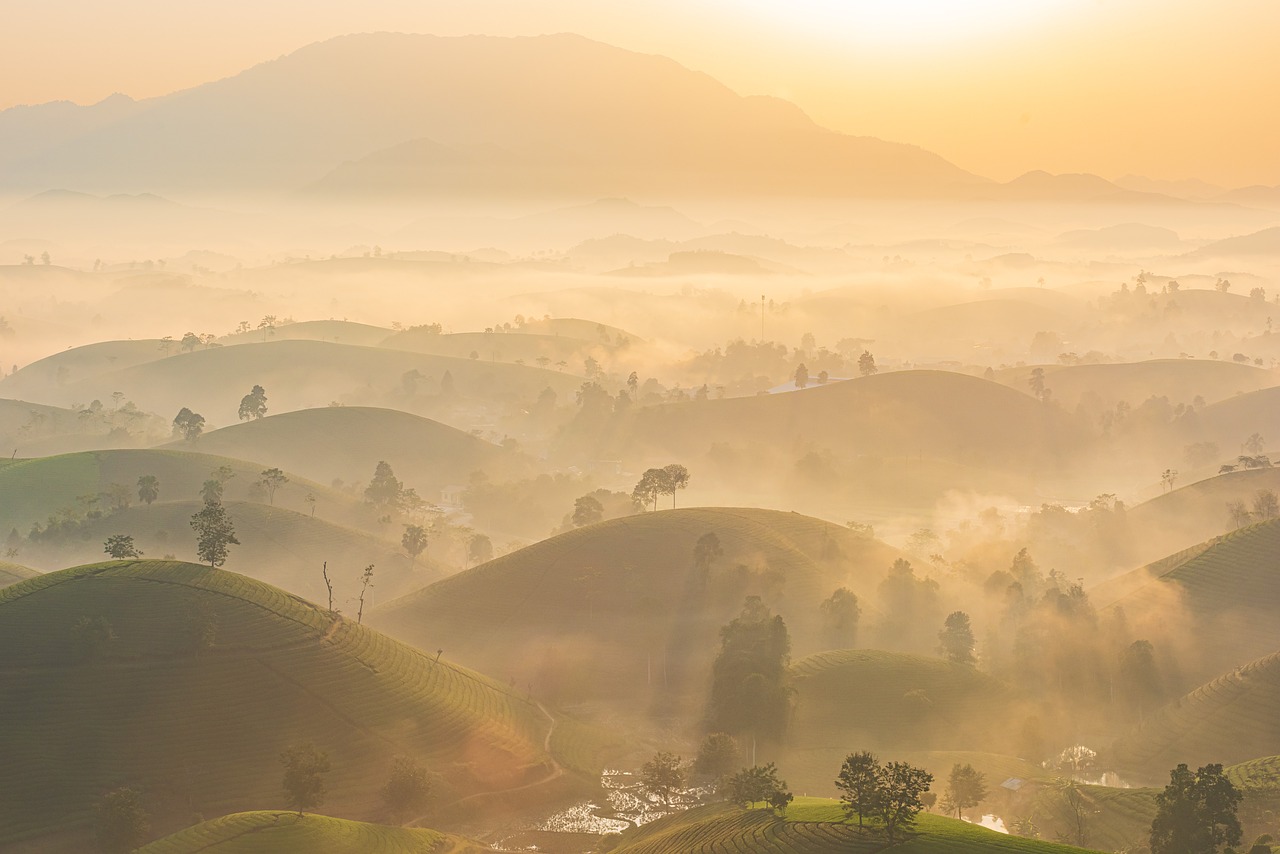
Exploring Different Angles
This article provides tips and techniques for capturing stunning photographs of rural and countryside landscapes, including composition, lighting, and subject selection.
When it comes to photography, exploring different angles can truly transform your rural and countryside images. By experimenting with various perspectives and viewpoints, you can add depth and interest to your photos, creating unique and engaging compositions that stand out.
Imagine capturing a quaint countryside barn from a low angle, emphasizing its rustic charm against the vast open sky. Or perhaps, try shooting a winding country road from a bird's eye view, showcasing the serenity of the landscape from above. These different angles offer fresh ways to present familiar scenes, allowing you to discover new beauty in the rural environment.
Furthermore, changing your shooting angle can also help you play with light and shadow, highlighting textures and details that may go unnoticed from a traditional viewpoint. By getting down low, looking up high, or shooting from unexpected angles, you can create visually dynamic images that captivate viewers and tell a compelling story of the countryside.
Q: How can I make my rural photos more vibrant and dynamic?
A: To enhance the colors and textures of your rural photographs, consider using post-processing techniques to adjust saturation, contrast, and clarity. This can help bring out the natural beauty of the landscape and make your images more visually appealing.
Q: What is the best time of day to capture rural scenes?
A: The golden hours of sunrise and sunset are often ideal for photographing rural landscapes, as the warm, soft light can add a magical quality to your images. However, don't shy away from shooting during other times of the day, as each lighting condition can offer unique opportunities for creative photography.
Q: How can I convey the tranquility of the countryside through my photos?
A: To evoke the peaceful and serene atmosphere of rural areas, focus on capturing quiet moments, expansive landscapes, and subtle details that reflect the essence of countryside living. Pay attention to composition, lighting, and subject matter to create images that transport viewers to the tranquil beauty of the countryside.
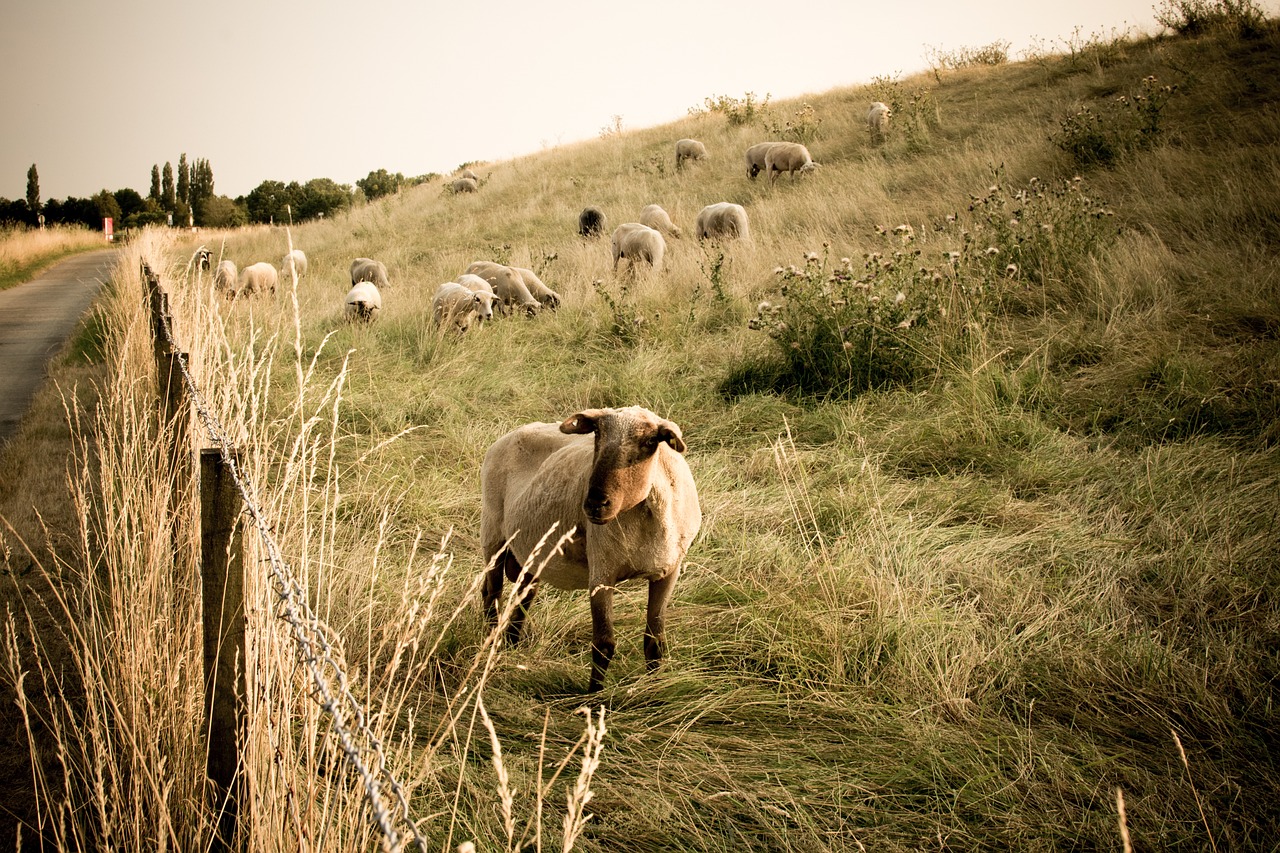
Storytelling Through Photography
Storytelling through photography is a powerful way to convey the essence and emotions of rural and countryside scenes. By carefully selecting subjects, framing shots, and adjusting lighting, photographers can craft narratives that transport viewers to the heart of these serene landscapes. Each photograph serves as a chapter in a visual story, capturing the beauty, tranquility, and unique character of rural life.
When telling stories through photography, it's essential to consider the elements that make each scene special. Whether it's a quaint village market bustling with activity or a solitary farmhouse nestled among rolling hills, every detail contributes to the overall narrative. By focusing on the interactions between people, nature, and the environment, photographers can create images that resonate with viewers on a deep, emotional level.
One effective technique for storytelling through photography is to capture candid moments that reveal the true essence of rural life. By observing daily routines, traditions, and celebrations, photographers can document authentic experiences that reflect the culture and spirit of the countryside. These images not only tell stories but also preserve memories and traditions for future generations.
Furthermore, incorporating elements of nature and the changing seasons into storytelling adds depth and richness to rural photography. From the vibrant colors of blooming flowers in spring to the golden hues of autumn foliage, each season offers unique opportunities to capture the beauty and diversity of the countryside. By embracing these seasonal changes, photographers can create a visual narrative that evolves with the passing of time.
In addition to capturing the external beauty of rural landscapes, storytelling through photography also involves conveying the emotions and moods evoked by these scenes. Whether it's the sense of peace and serenity found in a tranquil meadow or the excitement of a bustling village fair, photographers can use composition, lighting, and perspective to imbue their images with a sense of atmosphere and emotion.
Ultimately, storytelling through photography is about more than just taking pictures—it's about creating immersive experiences that engage the viewer's imagination and emotions. By carefully crafting each image to convey a specific narrative or mood, photographers can transport their audience to the heart of rural and countryside scenes, allowing them to connect with the beauty and tranquility of these captivating landscapes.
Frequently Asked Questions
- What equipment do I need to take captivating photos of rural and countryside scenes?
To capture stunning rural landscapes, you can use a DSLR camera, a wide-angle lens for expansive views, a tripod for stability, and filters to enhance light and colors.
- How can I make the most of natural light in rural photography?
To utilize natural light effectively, try shooting during the golden hours of sunrise and sunset, position your subject to catch soft light, and experiment with backlighting for dramatic effects.
- What are some composition techniques to improve my rural landscape photos?
Techniques like the rule of thirds, leading lines, and framing can help you create visually appealing compositions. Experiment with different angles and perspectives to add depth to your images.
- How can I capture the essence of local life in rural photography?
Focus on capturing candid moments, interactions, and cultural elements in your photos. Engage with the community to gain insights and tell authentic stories through your images.
- What post-processing techniques can I use to enhance my rural and countryside photos?
You can adjust colors, contrast, and sharpness in editing software like Adobe Lightroom. Consider enhancing textures and adding creative effects to elevate the visual impact of your images.


